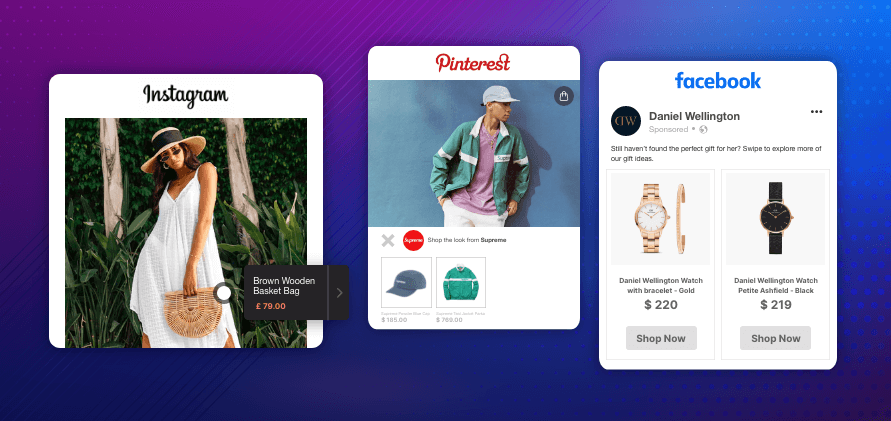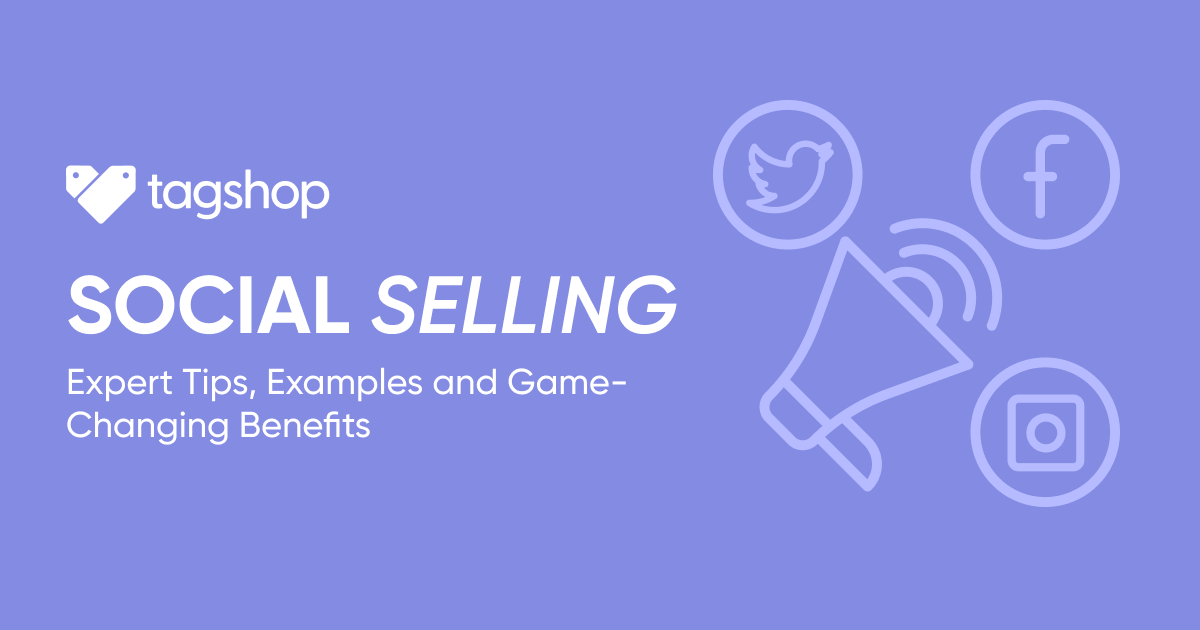What Is Social Commerce? The History & Statistics
What is Social Commerce? – A shopping revolution? Or maybe an enhanced social media marketing strategy? Or maybe the bridge between consumers & eCommerce brands.
Every brand or every social media and ecommerce expert has their unique take on “What is Social Commerce?”
Social ecommerce is quite a diverse solution that integrates characteristics of social media and ecommerce solutions.
Brands and businesses are still exploring what is social commerce and how they can leverage it in their marketing campaigns.
So, this quick yet detailed guide outlines the real essence of what is social commerce? Its history and key market statistics.
What Is Social Commerce?
In layman’s language, social commerce means buying and selling products or services through social media platforms and social media content.
Social Commerce Definitions
A few of the popular Social commerce definitions from different perspectives.
Investopedia defines it as the use of social media networking sites like Facebook, Instagram, Twitter, etc., to sell products and services.
Social Commerce definition by G2 outlines it as the act of selling products or services through social media channels, whether it can be done through posts, comments, chatbots, forums, or any other means.
SmartInsights mentions it as giving brands the opportunities to create a seamless ecommerce experience directly within popular social channels.
These definitions collectively showcase that Social commerce is the combination of social media platforms and ecommerce features to sell products and services that lead to more sales and a better shopping experience.

History of Social Commerce
Although there is no exact evidence of when the first social media commerce campaign was implemented, different instances brought this concept into existence.
Like in the early 2000s, Yahoo! Launched a “Shoposphere Pick List” to highlight the audiences’ most popular products. Then the most renowned instance is when Facebook launched the sponsored ads for brand promotions.
Later Facebook introduced shoppable posts where users can directly buy the products. Further, it extended into the Facebook Marketplace, competing with the likes of Amazon and eBay.
Then comes the most popular example in the history of social commerce – It is Shoppable Instagram.
Shoppable Instagram has been the most trending and successful social media ecommerce solution to date. Leading brands like H&M, Nike, etc., are prime examples of social commerce that are actively being part of social media selling.
Following these social platforms’ footsteps, Pinterest and Snapchat also introduced shoppable features allowing users to buy the products directly from the social platforms.
Social Commerce Statistics
Here are a few of the important social commerce statistics that will help you understand commerce’s influence and footprint through social platforms.
- There are 4.2 billion active social media users; that’s more than half of the world.
- 60% of the people say they discover products on Instagram
- 30% of the online shoppers are favorable to make purchases on social media
- 81% of the shoppers’ research products on Instagram & Facebook; 48% of Pinterest users prioritize shopping on it.
- Almost 90% of the Pinterest users are there for shopping inspiration, i.e. around 225 million people.
- Over 90% of the users read reviews before purchasing; Social media is filled with visual reviews & visual UGC.
- The Social Commerce market is expected to reach $600+ billion in the next 5 years.

Current Market Scenario
Social media marketing has always been a go-to tactic for brands of all sizes – be it small local shops or a massive multinational brand.
The opportunities presented by social media are immense to drive brand growth, expand reach, build brand awareness, get sales, and many more objectives.
Social media marketing was about inspiring, informing, engaging, and guiding users to the brand’s digital or offline storefronts.
Now social media commerce is the extension to this social marketing strategy which brings the selling of products and services into the same journey.
Social Commerce isn’t about making the shopping journey complex; rather, it simplifies the shopping experience for consumers and brands. Now consumers don’t need to visit different platforms, waste time discovering products, and then BUY.
Now it is as simple as get inspired, engage, and buy the product -INSTANTLY.
Expansion To Marketing Channels
These days, a rising trend is the expansion of social ecommerce on the website and other marketing channels like emails, social ads, In-store signages, etc.
Social commerce platform like Tagshop are helping brands to bring social media ecommerce to their website.

With a social ecommerce platform, brands can collect content from social media (including UGC), tag products to make this content shoppable, and then publish these shoppable social media galleries on the website to drive traffic, inspiration, social proof, and most importantly, improve the ecommerce conversions.
Brands are integrating shoppable social posts into their email campaigns for retargeting and using product page galleries for reducing the cart abandonment rate.
It is time for you to explore how social commerce can benefit your business/brand and capture a piece of the massive and ever-growing market share.










